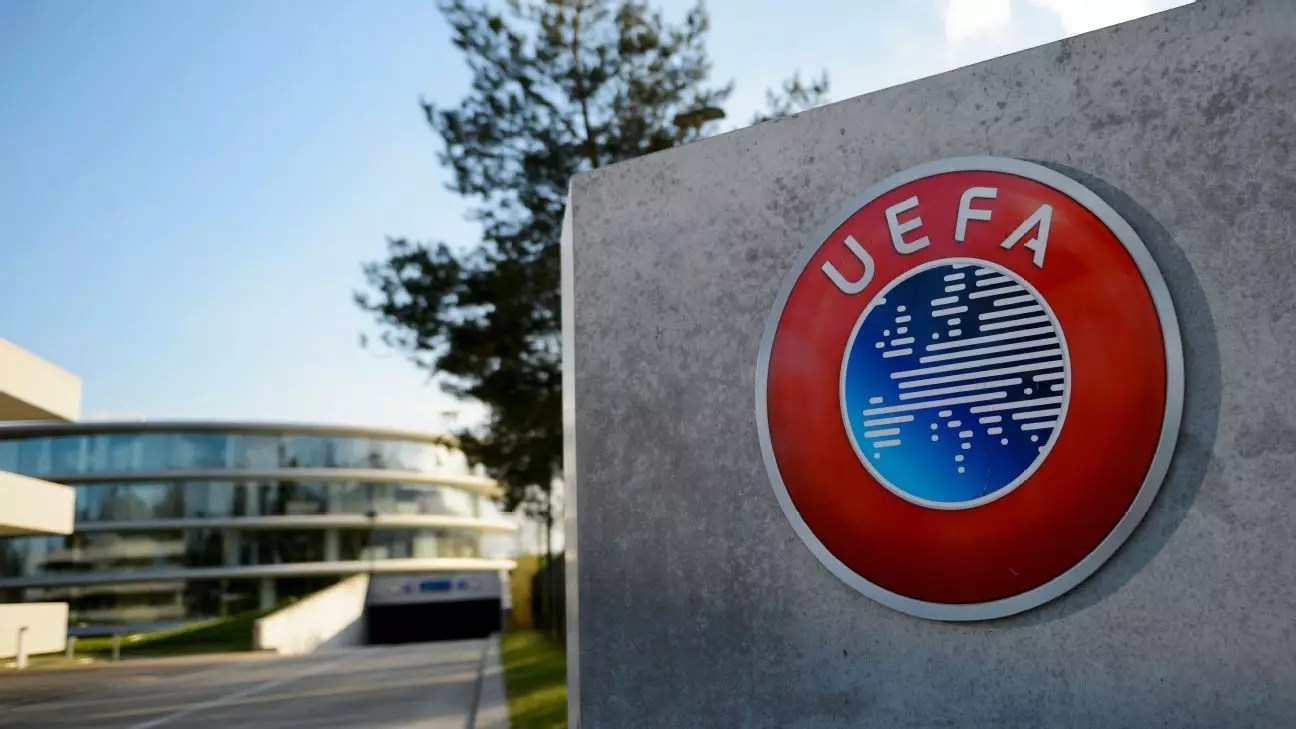The landscape of European football is gearing up for potential upheaval as A22 Sports, the driving force behind the controversial Super League concept, has returned with a proposal that signals new horizons for club competition. This time, they are seeking to establish the “Unify League,” a cross-border tournament designed to rival the existing UEFA competitions, including the Champions League, Europa League, and Conference League. Announced amid the dust settling from significant legal rulings and previous backlash, the proposal invites scrutiny over its viability, its negotiation with UEFA’s legal frameworks, and its potential market positioning.
The backing for the Unify League emerged following a pivotal European Court of Justice (ECJ) ruling that redefined UEFA’s authority over European football. The court established that UEFA’s monopolistic control could not hinder the formation of rival tournaments, provided these competitions adhered to specific legal statutes. A22’s contention is that UEFA’s newly constructed regulations still retain restrictive elements that could stifle competition. This sets the stage for a protracted battle between A22’s aspirations and UEFA’s regulatory framework.
A22’s grievances center on UEFA’s stipulation that new tournaments cannot adversely affect existing competitions; this clause, ironically, runs counter to the very essence of competitive sports. The essence of competition is precisely to provide alternatives and challenge the status quo. As A22 seeks to navigate this legal minefield, a pivotal question arises: will they be able to successfully challenge UEFA without expending considerable resources and facing extended legal delays?
The Financial Feasibility of a New Era
Aside from the legal challenges, A22’s intentions pivot around financial sustainability. The proposal includes an ambitious business model that strives to generate revenue through a unique streaming platform—the Unify Platform. While they claim all games will be accessible for free with advertising, alongside affordable premium options, the question looms: how will this model outperform existing revenue streams utilized by UEFA?
Critics are quick to point out the glaring inconsistencies in A22’s revenue strategy, raising significant doubts about the viability of their business plan. If the key to financial success lies in delivering free content with advertising, it prompts a rhetorical question: why have established broadcasters not adopted this strategy? Additionally, the prospect of attracting subscribers through “affordable premium subscriptions” remains tenuous; if such a model were easily profitable, it already would have been implemented by existing leagues.
Despite the optimistic projections from A22, their model risks being overly reliant on assumptions about viewer behavior and sponsorship interest. Without substantial evidence of a larger audience or higher ad rates, the Unify League might falter before it even begins.
The Structure of Competition: Promises of Excitement or Familiarity?
In terms of structure, A22 has proposed a tournament format that consists of four leagues, with the top two leagues featuring 16 clubs each. Each league would be divided into two groups, with a total of 246 matches, slightly surpassing the existing Champions League model. However, the repeated matchups between familiar teams may dilute excitement and predictability within group stages, leading to potential fan disinterest.
The essential challenge for A22 will be convincing clubs that the new format does indeed provide a more exhilarating and meritorious experience than UEFA’s current offerings. If clubs inherently lean towards familiar competition while fearing uncertainty regarding qualification and revenue distribution, attracting commitments may prove difficult. The Unify League must overcome the perception of merely recycling existing teams rather than offering innovative frameworks to enhance the competitive landscape.
Central to the success of the Unify League is the response from the clubs themselves. Historical allegiance to UEFA’s expansive ecosystem is strong, and clubs may resist a shift that appears fraught with financial risk and uncertain outcomes. Major clubs have long benefited from UEFA’s established revenue channels; thus, any proposition that jeopardizes this income will face immediate scrutiny.
Should the Unify League struggle to present a compelling financial incentive to clubs, the initiative could easily succumb to skepticism. The lack of prominent backers, apart from the familiar alignment with clubs like Real Madrid, suggests that A22’s proposition remains fragile and could collapse under its inability to convince stakeholders of its worth.
As A22 Sports forges ahead with the ambition to establish the Unify League, it encounters multiple hurdles, from legal battles with UEFA to proving financial sustainability and attracting club interest. The vision may be radical, but the practical viability of the league raises profound concerns. Unless A22 can challenge UEFA’s entrenched systems while concurrently orchestrating a business model that genuinely persuades clubs of its merit, the Unify League may remain a concept yet to realize its potential. The stakes are high, and as European football stands on the brink of potential transformation, the future is as uncertain as the promises offered by this new league.


Leave a Reply